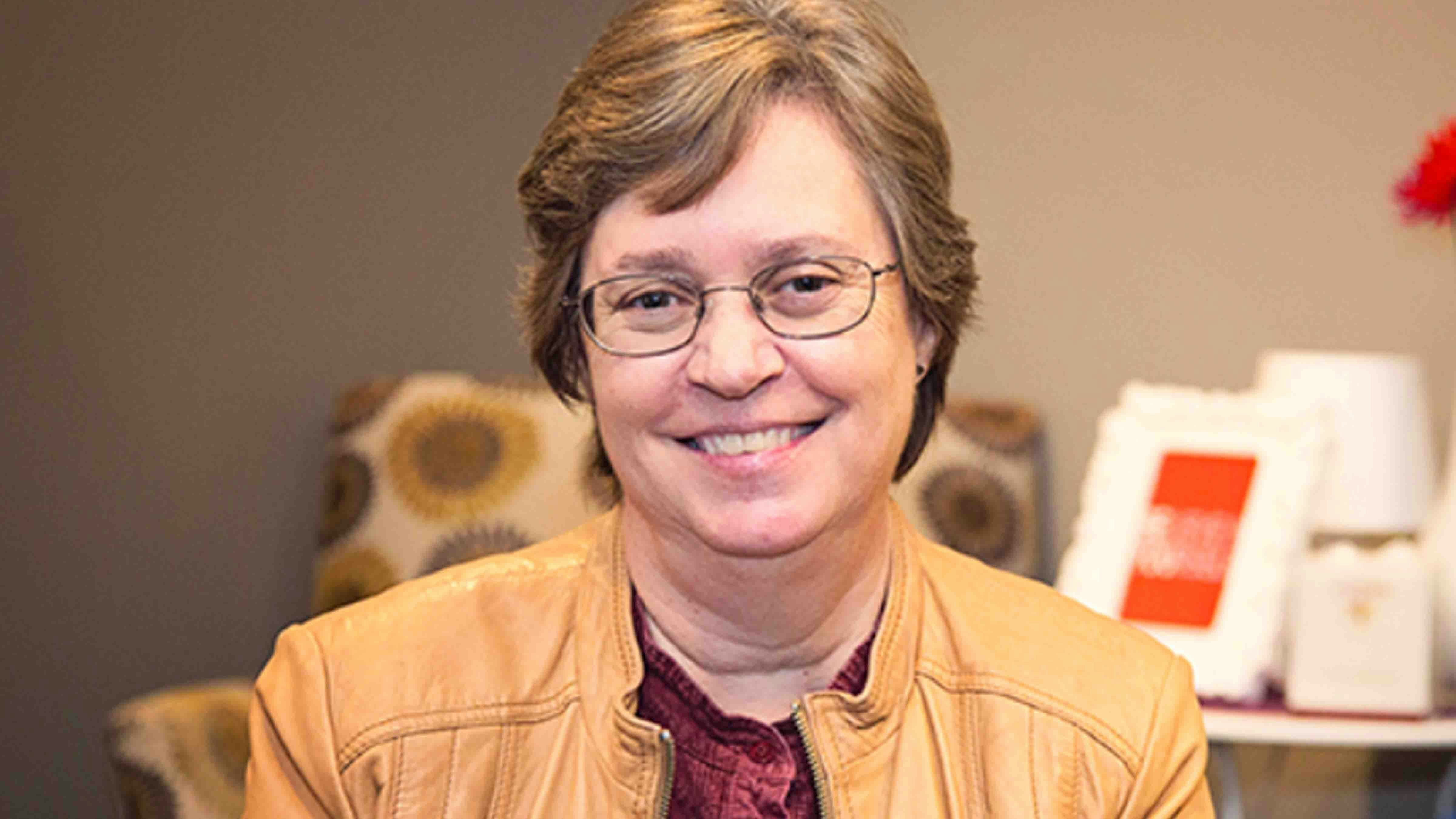A superior fighting force of Lakota and Cheyenne warriors really gave it to the US 7th Cavalry along the Greasy Grass in a two-day battle June 25 and 26, 1876. When it was over the command under Lt. Col. George Armstrong Custer lay annihilated on the hillside.
Soldiers who fought with Capt. Frederick Benteen and Major Marcus Reno also paid a heavy price, though some of them survived the battle they called the Battle of the Little Bighorn.
Located in southern Montana near present day Hardin, the tribal leaders and storytellers/historians refer to it as the Battle of the Greasy Grass.
The tribal camps may have involved as many as 8,000 people. Among the principal headmen were Sitting Bull, Crazy Horse, and Gall.
Often in battle the fighting force that holds the high ground also holds the advantage, but that was not the case at the Greasy Grass. The tribal camp was in the valley along the river, spread out over several miles to accommodate the many people and their thousands of head of horses.
The 7th Cavalry soldiers came in from the south and east and had positions on the hillsides. Even so the Indians – both men and women warriors – over-fought and over-powered the army.
The battle of 1876 had been a clash brewing since Custer first rode through the Black Hills of present South Dakota and northeast Wyoming two years earlier – 150 years ago now.
In mid-July 1874, Custer led the Black Hills Expedition into the region that is sacred ground for the Lakota. Custer and his men spent five days camped in an area about three miles from present-day Custer, South Dakota. While there they confirmed the presence of gold in the nearby streams.
The Custer reconnaissance left that area and traveled on west, riding through the region that now includes Newcastle, Sundance, and Hulett. While camped on Inyan Kara Creek July 22 and 23, Custer climbed Inyan Kara Mountain and carved his name there.
Two of his soldiers died and were buried nearby before Custer proceeded north to camp on Spring Creek—a site he named Floral Valley because of the profusion of wildflowers.
The 1874 Custer Black Hills Expedition was followed by the 1875 Newton-Jenney Expedition, a scientific party that explored the region to confirm the presence of the gold and to map the area. Their incursion was followed by the rush of gold miners to the Black Hills.
These expeditions by Custer, Newton-Jenney, and the gold rush itself, involved lands that had been used by the Lakota for generations. The territory had been specifically set aside for the tribe in the 1851 Horse Creek Treaty and was reaffirmed in the 1868 Fort Laramie Treaty.
This year to recognize the 150th Anniversary of Custer’s Black Hills Expedition the Custer County Historical Association will host a special event. It will be held July 21 at the historic Custer campsite east of Custer, South Dakota. This is a rare opportunity to walk on the private land where the Custer camp was situated.
Historian Paul Horsted and Dr. David Wolff, professor emeritus from Black Hills State University, are organizing the event, that will also benefit the 1881 Courthouse in Custer and the Leland D. Case Library for Western Historical Studies at BHSU.
The program on July 21 begins at 10 a.m. at Custer High School. There Horsted, Wolff, and Whitney Rencountre II, CEO of the Crazy Horse Memorial, will speak about the expedition, the Black Hills gold rush, and tribal perspectives.
The program will move to the historic campsite following the formal presentations. Reenactors, gold panning demonstrations, a wet-plate photography tent, and American Indian cultural exhibits will be at the campsite. There will be artifact displays, blacksmithing, and other presentations and performances.
The event is open to the public and is certainly a unique and rare chance to get your boots on the ground and walk where history happened.
Candy Moulton can be contacted at Candy.L.Moulton@gmail.com





